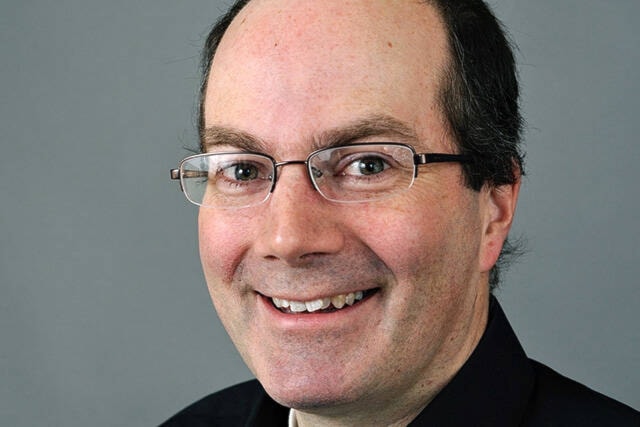Ever slogged through buckbrush and ankle-deep mud and complained, “Someone should come in here and fix up this trail?”
That was us on the Samuel Glacier trail in late June. When we happened to do the trail again six weeks later, our prayers had been answered. The buckbrush had been hacked into submission. Strategically placed stepping stones carried us over creeks. And drainage ditches kept the trail and our boots dry.
The trail was no longer a braided, eight-foot wide scramble as hikers left the main trail to find less muddy routes.
The local contractors finishing the upgrades said that BC Parks had commissioned the work as part of upgrades to Tatshenshini-Alsek Park, which is on the Haines Road immediately south of Kluane Park.
Kudos to BC Parks for investing in a park you can’t even drive to from the rest of BC. Samuel Glacier is an increasingly popular hike as the Yukon’s population grows. Now it is more welcoming to hikers of all skill levels, and causes less damage to the landscape.
We in the Yukon should think about doing more projects like the BC Parks one. If the Yukon’s population continues to grow at the rate of the last decade, there will be 76,000 Yukoners by 2050. And again, if the past is a guide, most of those people will be in Whitehorse.
While the territorial government has upgraded the trails impressively in Tombstone Park on the Dempster, the trails within an hour or two of Whitehorse are much as you’ll remember them from your youth. Except more worn, eroded and with more cars jammed on the shoulder around the trailhead.
The Kusawa ridge trail branches chaotically in many directions. The Caribou Mountain trail has major parking issues on the Carcross road. Closer to Whitehorse, the walking trail from Miles Canyon to Canyon City has many eroding braids. Some of these take unwary tourists to steep slopes over the river.
BNRs like that the trails are undeveloped and unmarked. It makes them fun, and less likely for new Yukoners to discover. But we should admit the situation is unsustainable.
We should take some inspiration from the trail crew sweating in the bugs on the Samuel Glacier route.
In addition to making trails safer and reducing the impact on the environment, such projects are good for local jobs. Giant multinational construction companies tend not to bid on $100,000 trail projects in the middle of nowhere.
Next year’s Alaska budget includes seven projects for the Alaska Long Trail network, ranging from $20,000 to $1,500,000. Compare that to the recent upgrade of the Klondike Highway between kilometres 559 and 577, which cost $815,000 per kilometre.
Shifting just one or two kilometres of highway budget per year into trails would make a big difference. A decade later, we would have a wonderful network of improved trails.
There are other things from BC we don’t have in the Yukon yet. For example, their basic back-country campsites on the islands in Atlin lake include just a fire ring, gravel tent pad and plastic drop toilet. This is good, since it means the islands are not covered with informal campsites.
Wondering what the benefits of this are? Think of why that beautiful little island in the Yukon’s Snafu Lake is called Toilet Paper Island.
The Alaskans have a vision that goes beyond a few more local trails. Inspired by famous global trails like the Camino de Santiago in Spain or the Appalachian Trail out east, the Alaska Long Trail Coalition is pushing the idea of a “world-class trail system” linking over 500 miles of trail from the coast into the interior.
“It’s time for Alaska to invest in its future by creating a route that will stand with the other great long trails of the world,” says the group.
The trails mentioned above got into the budget because the Alaska Long Trail has bi-partisan support in the state capital. Many of these projects both improve local trails for local users and connect them into the Long Trail network.
Imagine if hikers could do the Chilkoot Trail and then just keep going.
I was recently in Carcross where I ran into a young Carcross-Tagish citizen who was working on an expansion to the world-class mountain biking trails on Montana Mountain. Despite the sweat, blisters and bugs, his pride in his work was palpable. He probably doesn’t realize it yet, but, as he gets older, he’ll be able to ride those trails with his kids and say, “I built that.”
More trail projects would give more such opportunities to Yukon youth. I always feel depressed when I hear a Yukon university student describing their government summer job as writing briefing notes that no one reads. They should be building trails instead.
And, if it’s good for students, here’s a thought: could some trail building be good for the rest of us too?
Keith Halliday is a Yukon economist, author of the Aurore of the Yukon youth adventure novels and co-host of the Klondike Gold Rush History podcast. He is a Ma Murray award-winner for best columnist.
